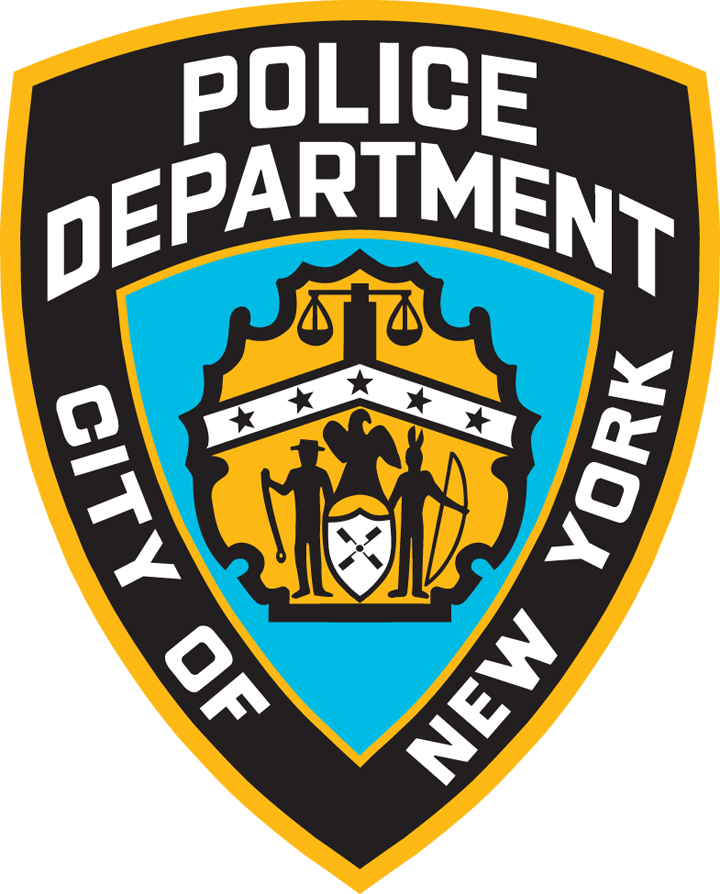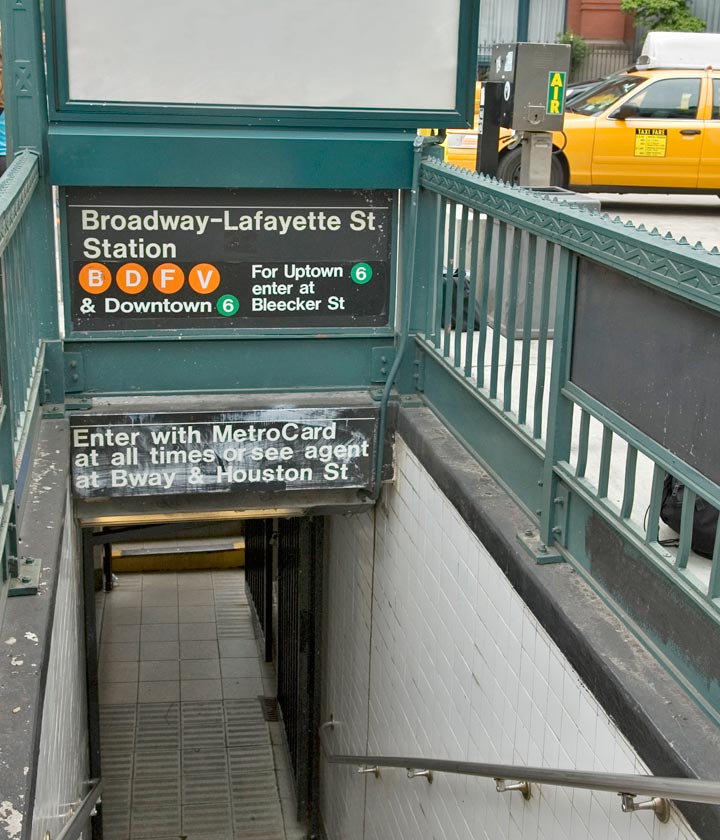S-SAFE Study: Protecting Our Subways and Streets
The last study day of the S-SAFE project successfully concluded on July 25th. The research conducted by the project team will yield valuable data for air flow models in New York City, information that will help the City’s first responders to protect New York’s citizens and visitors, on the streets and in the subway.

If an industrial accident or a terrorist act resulted in the release of dangerous contaminants into the atmosphere in New York City or in its subway system, the city’s first responders would have to decide quickly whether people should shelter in place or be evacuated, and what evacuation routes should be considered. In July, the New York City Police Department (NYPD) and the U.S. Department of Energy's Brookhaven National Laboratory will conduct the country’s largest urban air flow study to date to better understand the risks posed by airborne contaminants, including chemical, biological and radiological (CBR) weapons in the event they are dispersed in the atmosphere and in the City's subway system. The NYPD will use the data collected during the three days of research to optimize emergency response following an intentional or accidental release of hazardous materials. The Metropolitan Transportation Authority is assisting both agencies with the study of air flow in the subway system.
The Subway-Surface Air Flow Exchange (S-SAFE), as the project is formally known, was commissioned by the NYPD and funded through a $3.4 million Department of Homeland Security Transit Security Grant. It is the first of its scale to study air flow in a dense, complex urban environment both below and above ground. Researchers from Argonne National Laboratory and Los Alamos National Laboratory, along with additional meteorologists and engineers, will support Brookhaven's scientists as they track the movement of harmless tracer gases detected by air sampling devices placed in select locations on the street and in the subway system.
While the study is focused on the air flow and dispersion of airborne contaminants resulting from the release of a CBR agent, the findings will also enable City agencies to better understand dispersion characteristics of other potential inhalational hazards, such as smoke or fumes from chemical spills. The study is also expected to help police and other agencies decide where to best locate CBR detection equipment. Results from the study will help authorities refine evacuation or other responses in the event of an emergency.
Press Release



